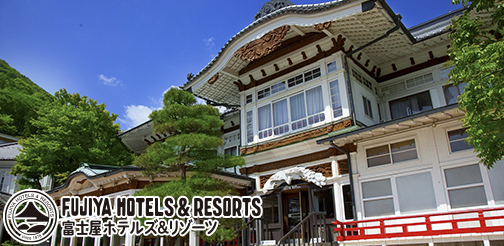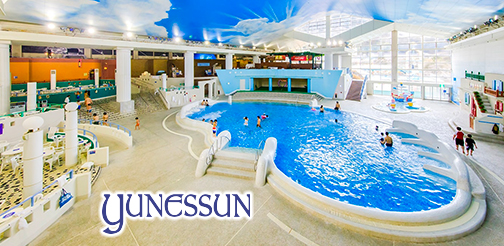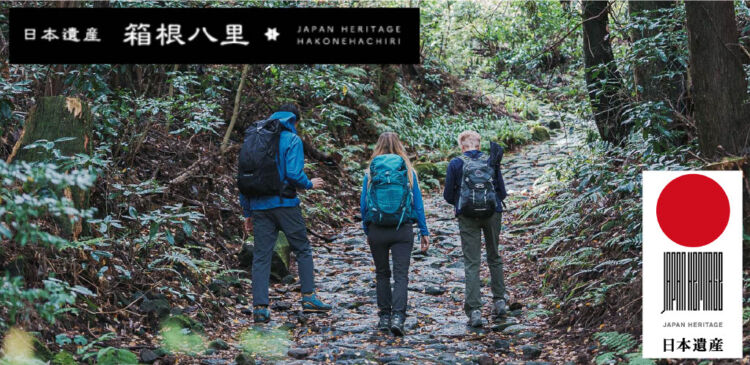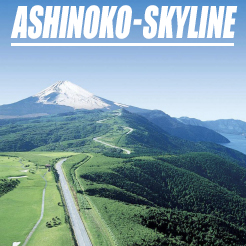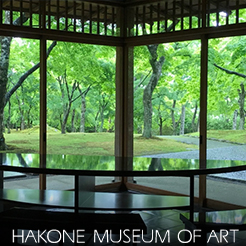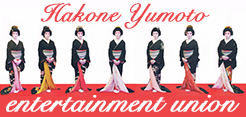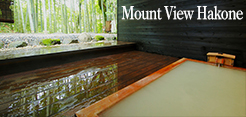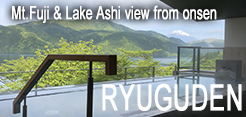Seasonal Clothing Guide for Hakone
In general, the climate of Hakone-Yumoto is similar to that of Tokyo, although other places in Hakone can drop three to four degrees at higher altitudes. Depending on the altitude of each location, there are varying temperatures to consider. This guide will give some ideas as to how best to prepare clothing for each season.
●What to wear in Hakone in Spring (March–May)
Springtime is highlighted by the welcoming sights of cherry blossoms and azaleas coming into full flower. Despite a spring-like appearance in March, the temperature by day can still be low, resulting in unexpected cold weather. It is advisable to be well-prepared for lower temperatures by bringing winter coats. Higher altitudes can result in harsher weather compared to that of the Tokyo region.
In April, the daytime begins to feel much warmer. Day and night temperatures, however, can still fluctuate. It is advisable to bring some form of trousers that covers the leg, not to mention a coat or a hoodie.
The temperatures will keep rising into May, although never as much as in Tokyo. Though the Sengokuhara area can still be somewhat chilly, one is recommended to wear a jacket or cardigan at this time of the year.
● What to wear in Hakone in Summer (June–August)
In June, the temperature continues to rise, yet mornings and evenings can still be chilly.
This is a delightful time of the year when hydrangeas in full bloom can be seen from the mountain train. Some light clothing such as a long-sleeved shirt or cardigan may well be needed. If you are planning to visit Sengokuhara, which is much cooler generally, it is highly recommended to bring a jacket or similar clothing.
It is also advisable to bring rain gear during the rainy season—the temperature averages around 22ºC in July, which is much the same as May in Tokyo. You will still need to bring along something with long-sleeves. However, at the higher altitudes of Hakone, proper protection from the strong sun is highly recommended. Sunscreen, a hat, or a parasol would be useful to have.
In August, when summer festivals pick up and crowds gather, the summer season is at its hottest. The average temperature of around 22ºC can well exceed 30ºC, depending on the particular day. However, the temperature can drop to as low as 15ºC by night and in the early morning. This is such a strong contrast that wearing a long-sleeved jacket is advisable.
●What to wear in Hakone in Fall (September–November)
The heat in September may well be much the same as in late summer, although mornings and evenings will still be chilly. Depending on a difference in temperature relating to altitude, it is recommended to dress in layers that are easy to adjust.
In October, the average temperature drops to around13ºC. This is the season when susuki ( miscanthus) is widely seen in Hakone. Miscanthus is a unique feature of Hakone and is favored by many visitors. In the Sengokuhara area, it is a good idea to bring a sweater or a jacket. However, the temperature may seem colder on account of heavier rainfall. Always have an umbrella to hand! Chilly winds blow from Lake Ashinoko, so a full neckline may well help to maintain body-warmth.
Beautiful November boasts colorful autumn leaves, yet the temperature, even by day, can drop as low as 0ºC on certain days. Ensure to have suitable clothing to match the low temperature. A heavy-duty jacket is highly recommended.
●What to wear in Hakone in Winter (December–February)
Winter is really the best time to catch a glimpse of snow-clad Mt.Fuji. It is essential to take sensible measures against the cold weather of winter. Wear a coat, scarf, and hat, especially in the Sengokuhara and Lake Ashinoko areas. It is particularly cold here, and it could snow at any time.
With an average temperature of a mere 1ºC, January is the coldest month. The temperature can drop at times, to a low of −8ºC; roads and ground surfaces are inclined to freeze. Be sure to wear anti-slip footwear and take extra care when driving.


